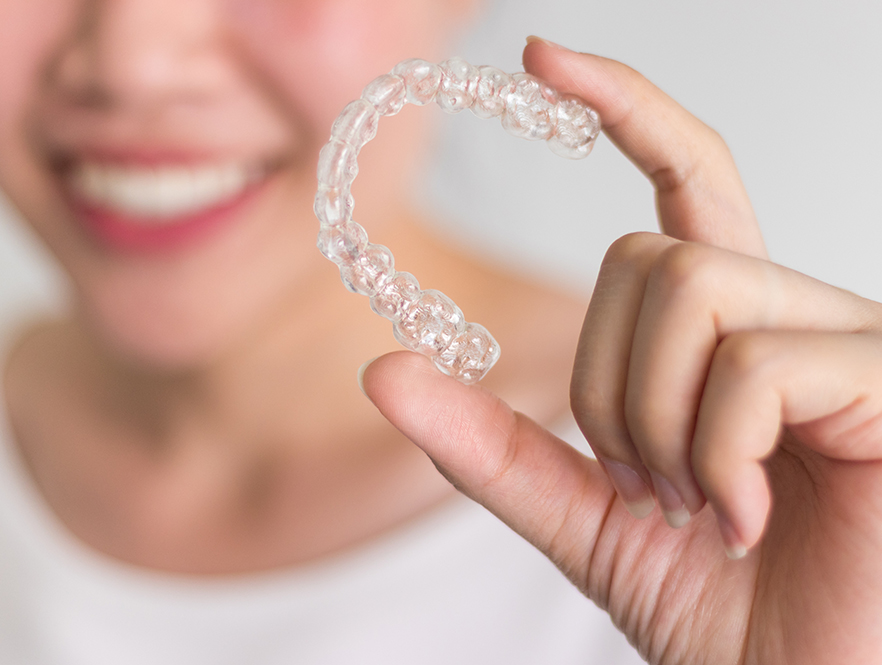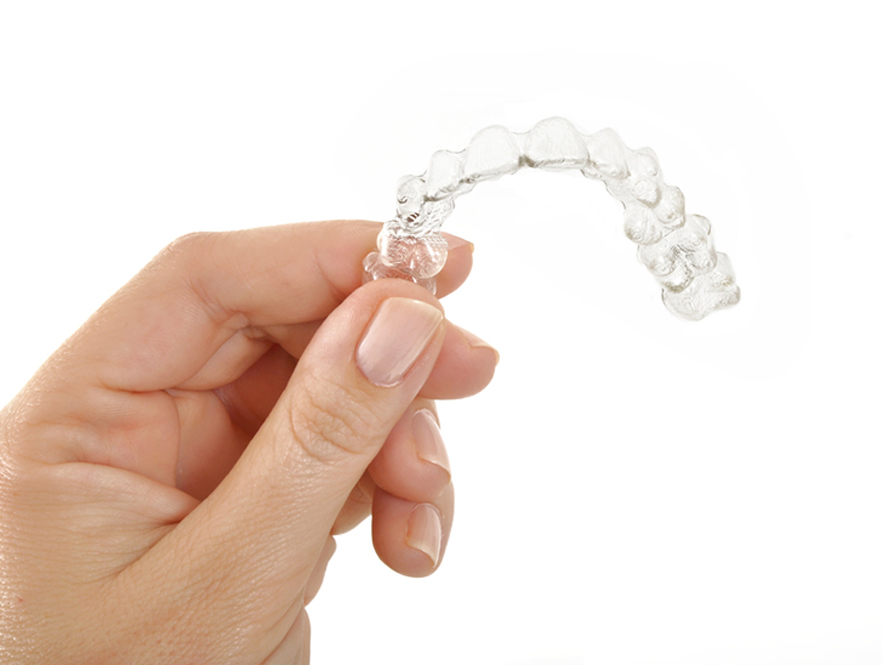If you're looking into teeth straightening solutions for you or your child, you may have pondered whether you can get braces with Medicare. In short, yes - you can get braces with Medicare, but it is only for severe cases causing major health concerns. Generally, orthodontic treatment with braces is not covered under Medicare, however you might be covered under private health insurance, depending on the details of your policy.
If You Can't Get Braces with Medicare...
Should you have private health insurance you may be entitled to claim a portion of the cost of braces back from your health fund. But, because every case and every fund is different, it’s important to check with your policy provider prior to starting treatment.
If you don’t currently have any cover, you’ll need to weigh up your options. Determine whether it will be more cost effective to commence with or without health insurance.
When you’re sure braces are in your future and you want to start considering your financial obligations and options, speak with your orthodontist and see what could be right for you. Options will depend on what you are capable of and comfortable with, and may include the following:
-
- Paying a discounted rate up-front
- Utilising a payment plan to pay over time
- Inclusions in Health Insurance policies
How to Keep Braces Affordable
Talk to your orthodontist to see what plans they can offer to help you make paying for braces more affordable. You can look into health insurance coverage to help save on costs if your orthodontist accepts it. There are many companies that offer rebates on orthodontic treatments - like braces. The reduced cost can make the difference to help you get the treatment you need. Talk to your insurance company about your specific coverage and ensure you ask the right questions to confirm if braces would be covered for you. If so, be sure to ask how much assistance they will offer.
At Profile Orthodontics, the costs & payment options of your chosen treatment will be explained during your appointment. This might aid you in choosing one particular treatment over another. We provide an all-inclusive fee, which means there are no hidden surprises. Additionally, our interest-free payment plans mean that your payments can be spread out to make treatment more affordable.
Book an appointment with Profile Orthodontics and discuss if getting braces is right for you.







